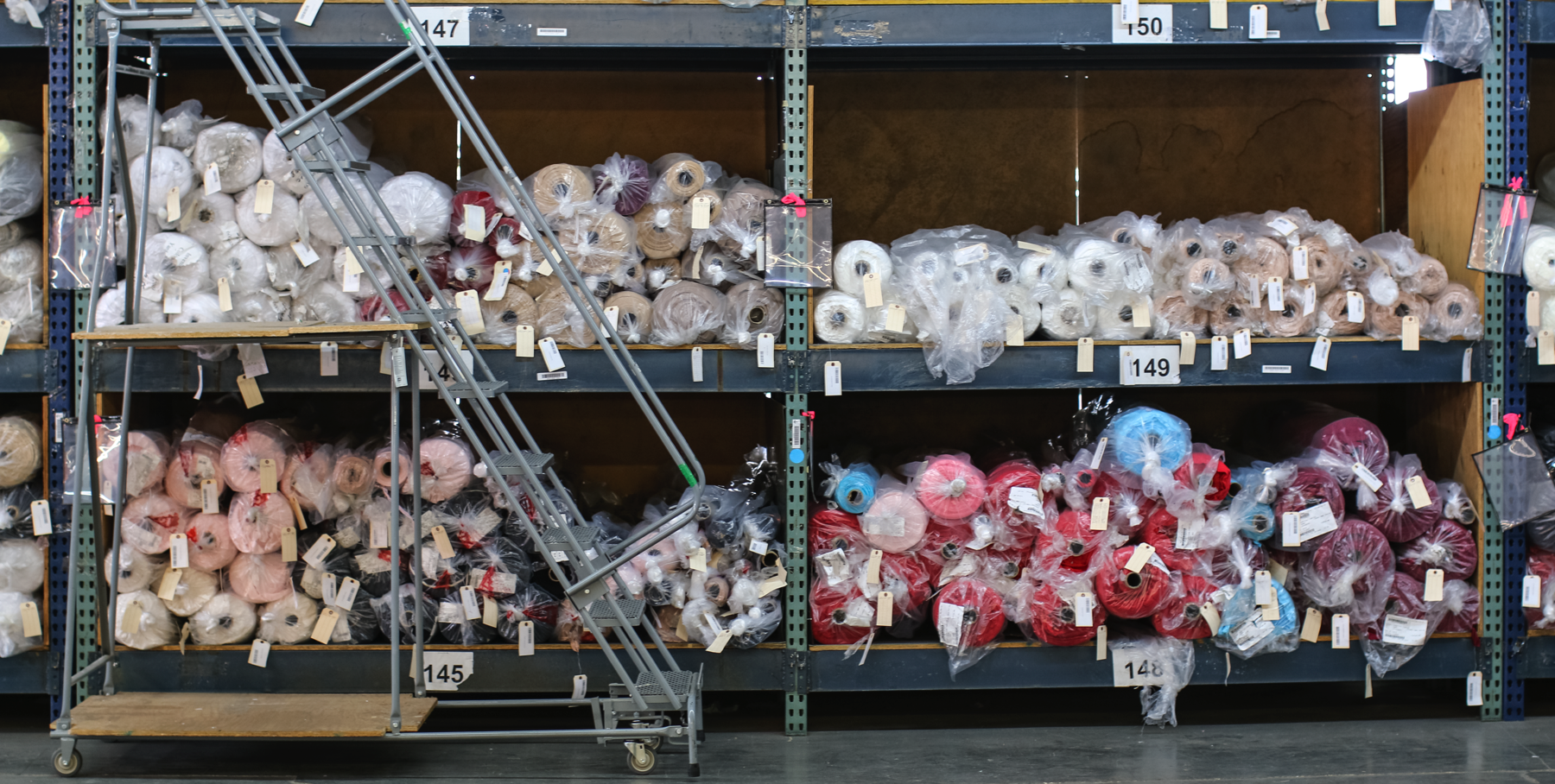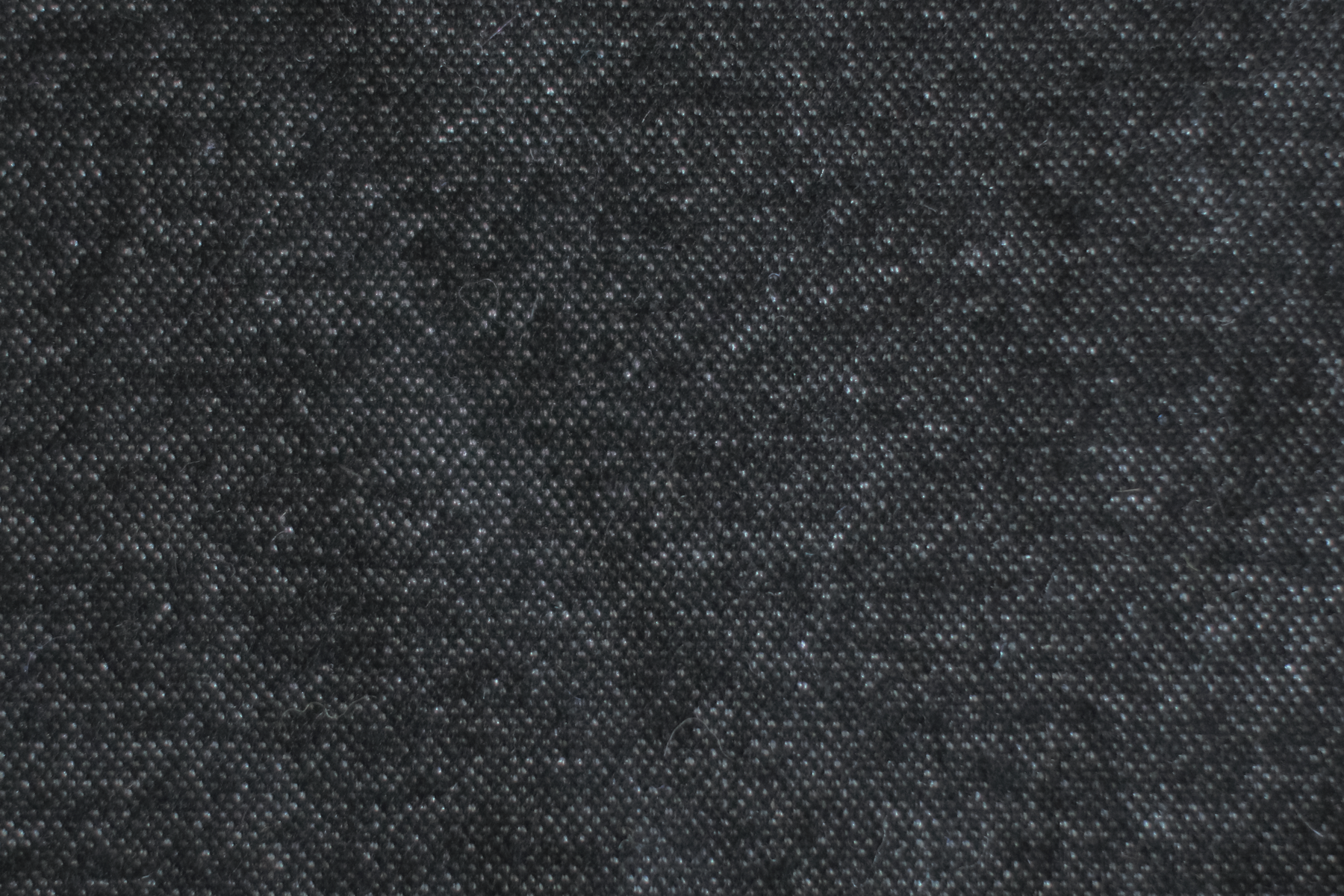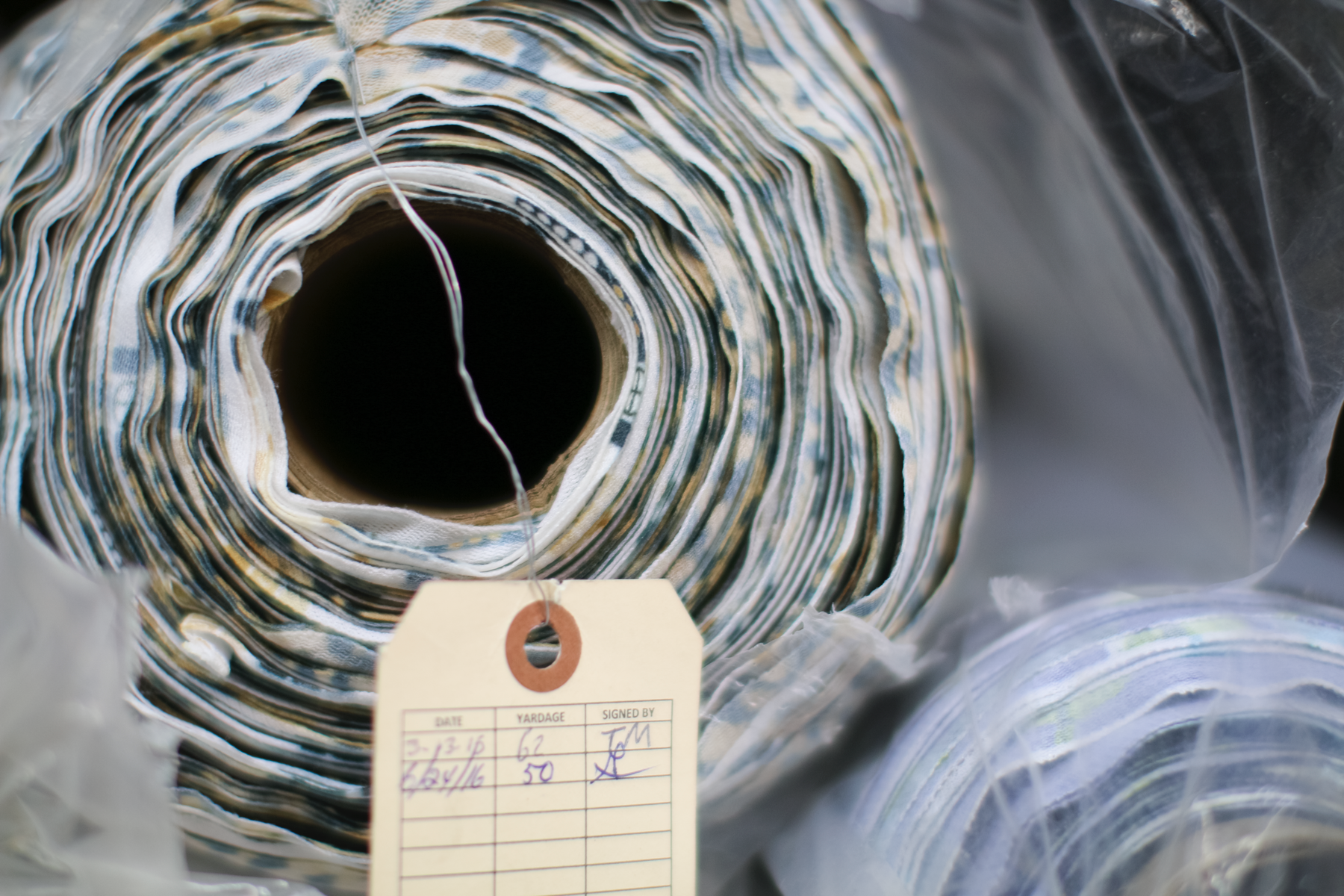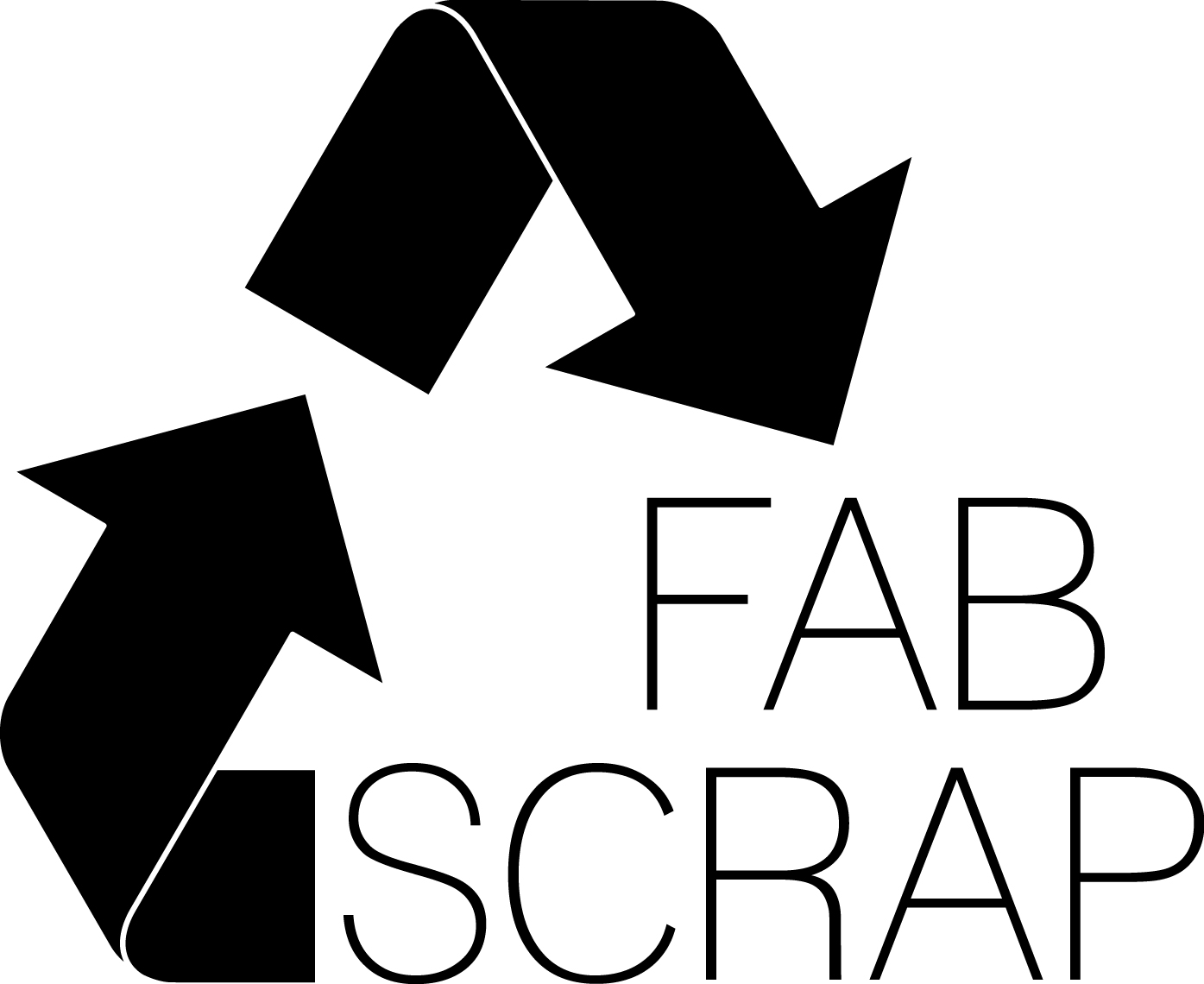
WHAT HAPPENS TO THE SCRAPS?
TRANSPORTATION
We come to you! FABSCRAP will pickup your fabric scraps as soon as possible. We aim to create the most efficient routes, so we typically schedule multiple pickups per day. Pickups routes are created every FRIDAY for the following week.
PROCESSING
Please keeps headers and tags attached! It helps us identify the type of fabric. We will remove them - as well as any pins, paper, staples, tape, zippers, and buttons - as we sort the material by fiber content.
*VOLUNTEER TO HELP SORT! As a thank you, volunteers can keep up to 5 pounds of any fabric they like!
CONSOLIDATION
The more the merrier! By working with multiple designers and brands, we can quickly meet the minimum volumes for recycling. We consolidate and store the scraps at our warehouse within the Brooklyn Army Terminal in Brooklyn and the Bok Building in Philadelphia.
You and/or your company may be approached by numerous individuals, organizations, or institutions who are interested in receiving unwanted material. Save time by directing all requests to FABSCRAP, which provides access to an even greater selection of material.
END USES
RECYCLING: Proprietary material (from Black Bags) and small scraps will shredded to create insulation, carpet padding, furniture lining, moving blankets, etc. Whenever possible FABSCRAP will utilize fiber-to-fiber technologies. We currently sort for 100% cotton denim for this purpose.
REUSE: Students, artists, crafters, quilters, sewers, teachers, and of course, other designers can use any material we collect that is not proprietary. Make an appointment to come to the warehouse to "shop" the scraps. Some larger pieces and Scrap Packs of smaller pieces, organized by color, are sold through our online store.

MEET THE TRASH NERDS
INNOVATION CONTEXT
RESIDENTIAL VS COMMERCIAL WASTE
New York City residents throw out 200,000 tons of clothing, shoes, accessories, and linens every year. Textiles comprise 6% of the City's total waste stream. Residential waste - material that has been used and discarded by an individual or family - is picked up by the Department of Sanitation.
Commercial waste - what's discarded by a business - is picked up by private carters. There are few, if any, reporting requirements and enforcement of recycling regulations is lacking. Therefore, it's extremely difficult to quantify and characterize commercial waste. The best estimate is that it is at least 40x residential waste.
THE PROBLEM OF SCALE
Even if a designer wanted to recycle their textile waste, they would find it difficult due to a lack of infrastructure and a problem of scale.
Let's say one design office creates 20 boxes of unwanted fabric. This much material, of varied size and content, would quickly overwhelm arts organizations (there's only so much you can use in crafts!). However, industrial fabric recyclers require a minimum volume closer to 20,000 boxes (which would be impossible for the design office to store).
Both may require transportation arrangements and extra time spent researching all potential options or meeting with numerous individuals who may be interested in reuse.
TRADITIONAL NON-PROFITS
The traditional non-profit accepts donations for free and resells items to cover their operational costs. Any additional revenue supports their charitable mission.
While the quantity of clothing donated may be increasing, the overall quality is decreasing. This means fewer items are eligible for resale in thrift stores. There is also more competition, as it is easier than ever to find new items at similar prices. Non-profits must mine donations for value and are becoming more selective.
Because commercial fabric scraps don't fit into the resell-at-thrift model and furthermore, require a different sorting process, most non-profits prefer not to take them.
THE FABSCRAP MODEL
FABSCRAP was created to meet New York City’s commercial textile recycling needs. Materials that traditionally would have gone to landfill are now being properly recycled and made available for reuse.
FABSCRAP is a 501(c)3 charitable organization, though it flips the traditional non-profit model. The service fee covers operational costs and allows us to give away fabric to students, artists, local designers, and crafters for reuse.

GET INVOLVED
WHO'S FAB >>
We're proud to work with great companies! See who's giving scraps and who's using them.
NEWS >>
We're sharing what's new, what's next, what we're learning, and what people are saying about FABSCRAP.

